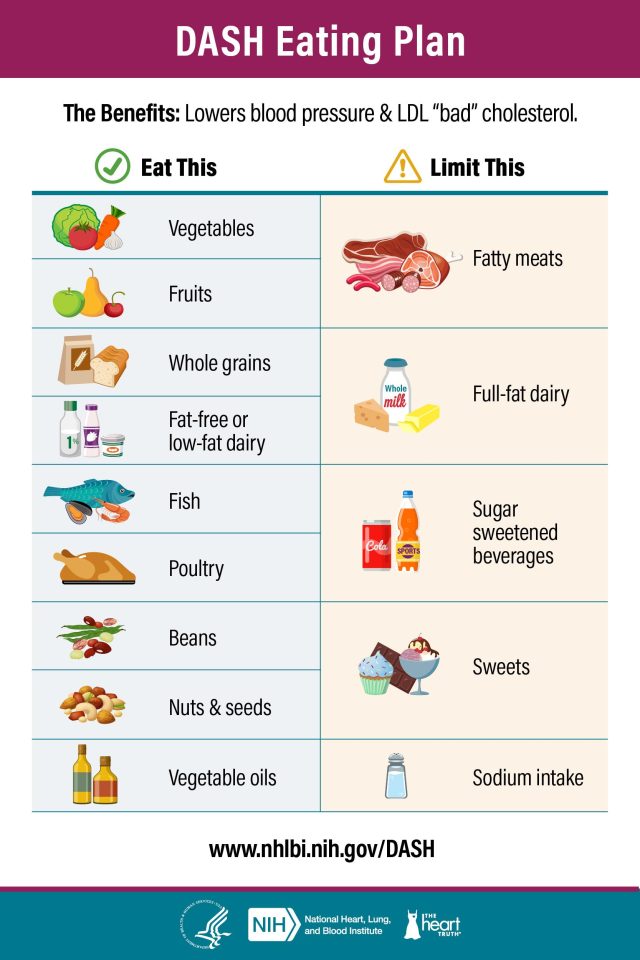Achieving radiant, healthy skin often feels like a daunting quest, especially with the overwhelming number of products and treatments promising miraculous results. However, what if the key to a glowing complexion was not just in your skincare routine, but also on your plate? Welcome to our comprehensive guide on building a diet plan that nurtures your skin from within. We understand the frustration of battling skin issues and the desire for solutions that truly work. With empathy and expertise, we’re here to guide you through the process of selecting the right foods that support your skin’s health. By the end of this article, you’ll be equipped with practical, science-backed dietary strategies that not only enhance your skin’s appearance but also contribute to your overall well-being. Let’s embark on this journey together towards healthier skin and a more confident you.
Understanding Nutrient Essentials for Glowing Skin
To achieve radiant skin, it’s crucial to nourish it from within. A diet rich in essential nutrients can significantly enhance your skin’s natural glow and resilience. Here are some key nutrients to focus on:
- Vitamin C: A powerful antioxidant that helps in collagen synthesis, keeping your skin firm and reducing signs of aging.
- Omega-3 Fatty Acids: Found in fish and flaxseeds, these help maintain the skin’s lipid barrier, preventing dryness and inflammation.
- Vitamin E: Protects your skin from oxidative stress and UV damage, ensuring a healthy and youthful appearance.
Incorporating these nutrients into your daily meals doesn’t have to be complicated. Below is a simple table illustrating food sources rich in these nutrients:
| Nutrient | Food Sources |
|---|---|
| Vitamin C | Citrus fruits, strawberries, bell peppers |
| Omega-3 Fatty Acids | Salmon, walnuts, chia seeds |
| Vitamin E | Almonds, sunflower seeds, spinach |
By consciously selecting these foods and integrating them into your diet, you can enhance your skin’s health from the inside out. Remember, consistency is key, and your skin will thank you for the dedication!

Crafting a Balanced Meal Plan with Skin-Boosting Foods
Creating a meal plan that enhances your skin’s health involves incorporating a variety of nutrient-rich foods that work harmoniously to nourish and rejuvenate your skin. By focusing on a balanced diet, you can effectively support your skin’s natural glow and resilience. Here’s how to get started:
- Hydrating Foods: Water-rich fruits and vegetables such as cucumbers, watermelon, and oranges help maintain skin hydration from the inside out.
- Antioxidant Powerhouses: Berries, leafy greens, and nuts are packed with antioxidants that combat free radicals, reducing skin damage and premature aging.
- Healthy Fats: Avocados, walnuts, and olive oil are excellent sources of omega-3 fatty acids, which help maintain the skin’s lipid barrier and keep it supple.
| Meal | Skin-Boosting Ingredients | Benefits |
|---|---|---|
| Breakfast | Oatmeal with blueberries and chia seeds | Rich in fiber and antioxidants |
| Lunch | Spinach salad with grilled salmon and walnuts | High in omega-3s and vitamin E |
| Dinner | Quinoa with roasted sweet potatoes and kale | Loaded with vitamins A and C |
Remember, consistency is key. Incorporate these skin-loving foods into your daily meals to enjoy a more radiant and healthy complexion over time. Pay attention to how your skin responds and adjust your meal plan as needed to ensure it meets your personal health and beauty goals.

Incorporating Hydration and Its Impact on Skin Health
Hydration is a cornerstone of skin health that often gets overlooked in favor of topical treatments and serums. However, the impact of hydration on your skin is profound and multifaceted. Ensuring adequate water intake can help maintain skin elasticity, reduce the appearance of wrinkles, and promote a healthy glow.
- Improves Elasticity: Adequate hydration keeps skin supple, making it less prone to cracking and flaking.
- Reduces Wrinkles: Well-hydrated skin is more resilient, helping to minimize the appearance of fine lines and wrinkles.
- Enhances Glow: Proper water intake can give your skin a radiant, dewy look that topical products alone cannot achieve.
To seamlessly incorporate hydration into your diet plan, consider these simple yet effective strategies:
| Strategy | Description |
|---|---|
| Start Your Day with Water | Kickstart your metabolism and hydrate your body first thing in the morning. |
| Infuse with Flavor | Add slices of fruits like lemon or cucumber to make your water more enticing. |
| Eat Water-Rich Foods | Incorporate foods like watermelon, cucumber, and oranges to boost hydration. |
Remember, maintaining consistent hydration is not just about drinking eight glasses of water a day. It involves a comprehensive approach that includes water-rich foods and drinks, ensuring that your skin is always nourished from the inside out.

Personalizing Your Diet Plan to Suit Your Skin Type
Understanding that your skin is as unique as you are is the first step in crafting a diet plan that caters to your specific needs. Different skin types benefit from different nutrients, and personalizing your diet can make a significant difference in your skin’s health and appearance.
For those with oily skin, consider focusing on foods that help regulate sebum production. Include:
- Omega-3 rich foods like salmon and walnuts, which help reduce inflammation.
- High-fiber foods such as whole grains and leafy greens, which aid in balancing hormones.
- Vitamin A sources like carrots and sweet potatoes to help normalize oil production.
If your skin is dry, prioritize hydrating and moisture-retaining foods:
- Avocados and nuts, which are high in healthy fats.
- Cucumbers and watermelon for their high water content.
- Vitamin E-rich foods such as almonds and spinach to protect skin cells.
For sensitive skin, focus on calming and anti-inflammatory foods:
- Chamomile tea and ginger, known for their soothing properties.
- Berries and citrus fruits for their antioxidant content.
- Probiotic-rich foods like yogurt to support gut health and reduce inflammation.
To help you visualize, here’s a simple table that summarizes key nutrients for each skin type:
| Skin Type | Key Nutrients | Suggested Foods |
|---|---|---|
| Oily | Omega-3, Fiber, Vitamin A | Salmon, Whole Grains, Carrots |
| Dry | Healthy Fats, Hydration, Vitamin E | Avocados, Cucumbers, Almonds |
| Sensitive | Anti-inflammatory, Antioxidants, Probiotics | Chamomile, Berries, Yogurt |








































